Efficient sorting and harvesting in a fishpond are critical to maximising yield, reducing losses, and ensuring market readiness. Whether you're running a small backyard pond or a commercial aquaculture setup, understanding how to sort and harvest properly will significantly impact your farm’s profitability and help reduce costs. Why Does Sorting Matter in a Fish Farming …
Efficient sorting and harvesting in a fishpond are critical to maximising yield, reducing losses, and ensuring market readiness. Whether you’re running a small backyard pond or a commercial aquaculture setup, understanding how to sort and harvest properly will significantly impact your farm’s profitability and help reduce costs.
Why Does Sorting Matter in a Fish Farming Business
Sorting involves grouping fish by their size and growth stage.
This process is vital for several reasons:
-
Improved Feeding Efficiency: Smaller fish require different feed types and quantities compared to larger ones.
-
Reduced Cannibalism: In catfish farming, larger fish may prey on smaller ones if they are not separated.
-
Market Readiness: It helps you to identify which fish are ready for sale and which ones need more time to grow.
When should sorting be done in a fishpond?
Typically, sorting should be done every 4–6 weeks after stocking, depending on your stocking density and growth rate.
Tools You’ll Need for Sorting
-
Sorting nets or baskets
-
Grading boards or trays
-
Buckets with aeration (to reduce stress)
-
Gloves and protective gear
-
Water scale (optional for grading by weight)
Steps for Sorting Fish in a Fishpond
-
Drain the Pond Partially or Use Seine Nets: Gently reduce the water level or drag a seine net to gather the fish.
-
Transfer Carefully: Move fish into holding tanks or buckets with enough water and, if possible, aeration.
-
Sort by Size/Weight: Use grading boards with different slot sizes to separate fingerlings, juveniles, and market-sized fish.
-
Return or Isolate: Return smaller fish to the pond and isolate similar-sized groups in different compartments or ponds.
-
Feed Accordingly: Now you can feed each group with the appropriate feed type (starter, grower, or finisher) for uniform growth.
Harvesting: When and How to Do It Right
Harvesting is the process of collecting fully grown fish for sale or consumption.
What is the best time to harvest?
-
Harvesting should be done 5–6 months after stocking (depending on feed and pond management)
-
When the fish reach the desired market weight (usually 1 kg+ for catfish in Nigeria),
Different Types of Harvesting Methods
-
Full Harvest (Total Drainage): Drain the pond completely and collect all the fish. Best for final harvests.
-
Partial Harvest: Use nets to remove only market-ready fish. Suitable for staggered harvesting or continuous production systems.
-
Dry Season Tips: Harvest early in the morning or late in the evening to reduce heat stress.
Mistakes to Avoid During or Before Harvesting
-
Delaying harvest past peak size (increases feed cost and reduces market value)
-
Handling fish roughly, which causes injury and post-harvest mortality
-
Mixing different sizes during transport
-
Using dirty containers that can cause contamination
Post-Harvest Tips
-
Weigh and grade fish before selling
-
Keep fish in cool, oxygenated water during transport
-
Clean and disinfect tools and ponds before the next cycle
Conclusion
Proper sorting and harvesting are not just technical steps—they’re business strategies to take your fish farming business to the next level. By mastering these techniques, you ensure better fish health, higher profits, and improved customer satisfaction.
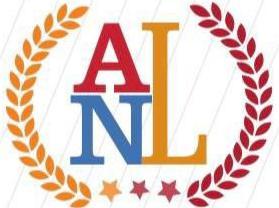
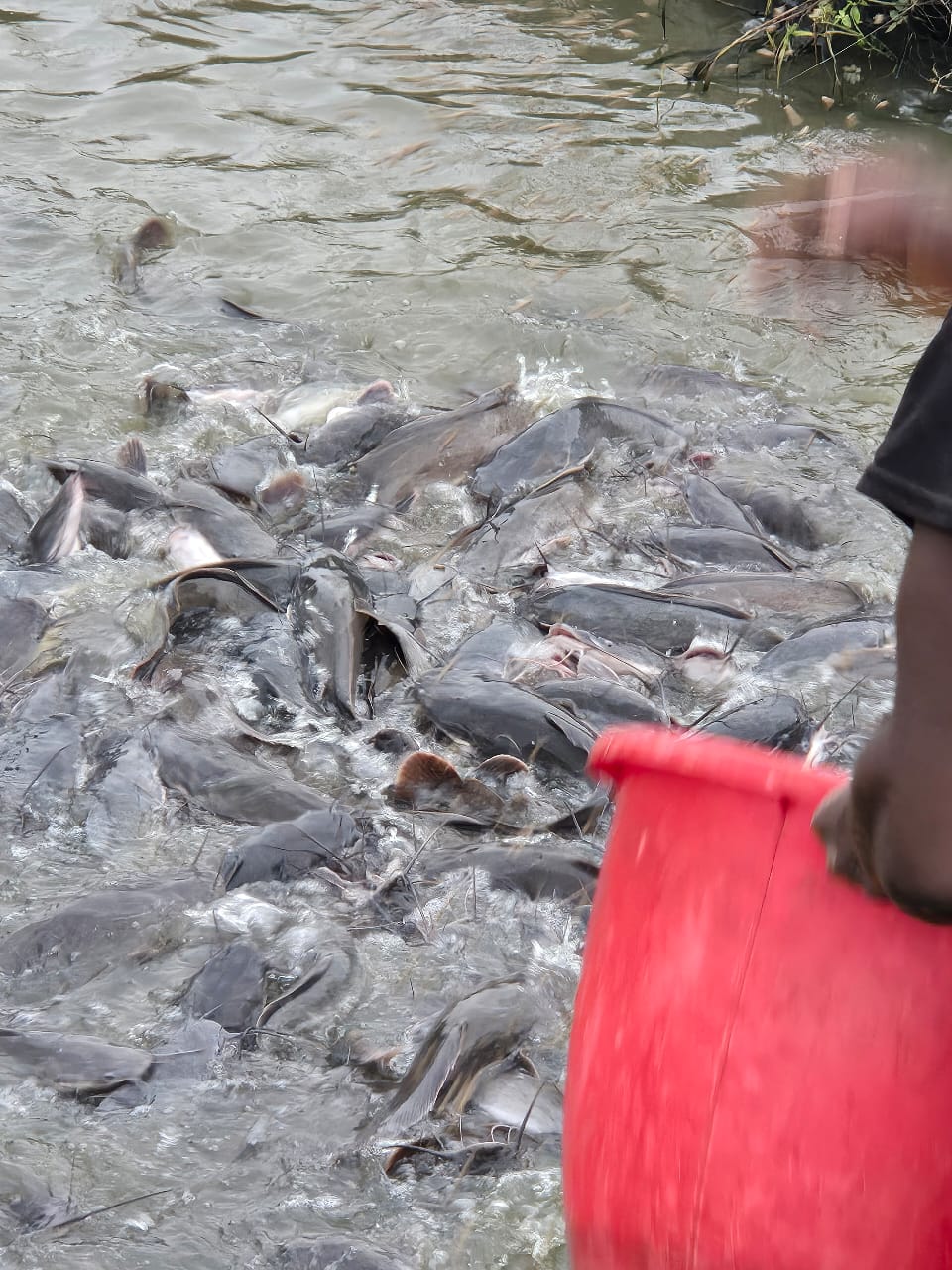
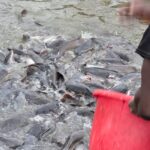
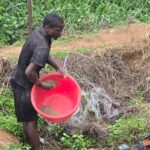
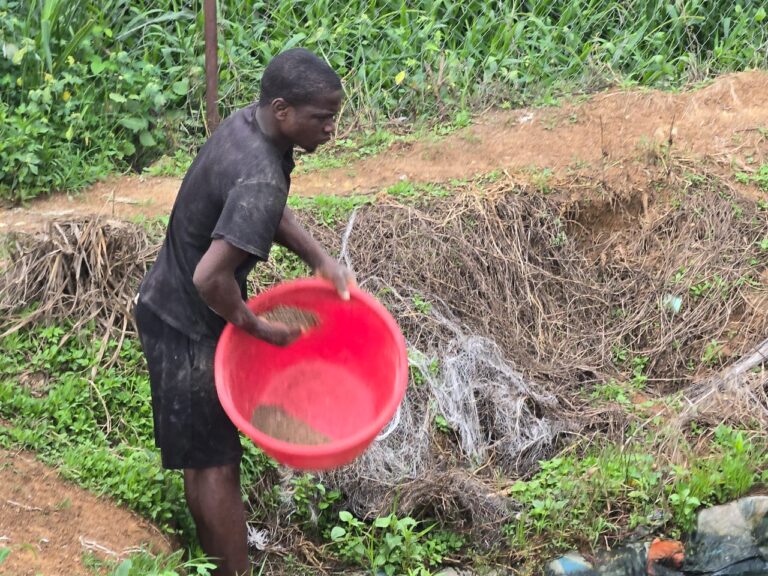
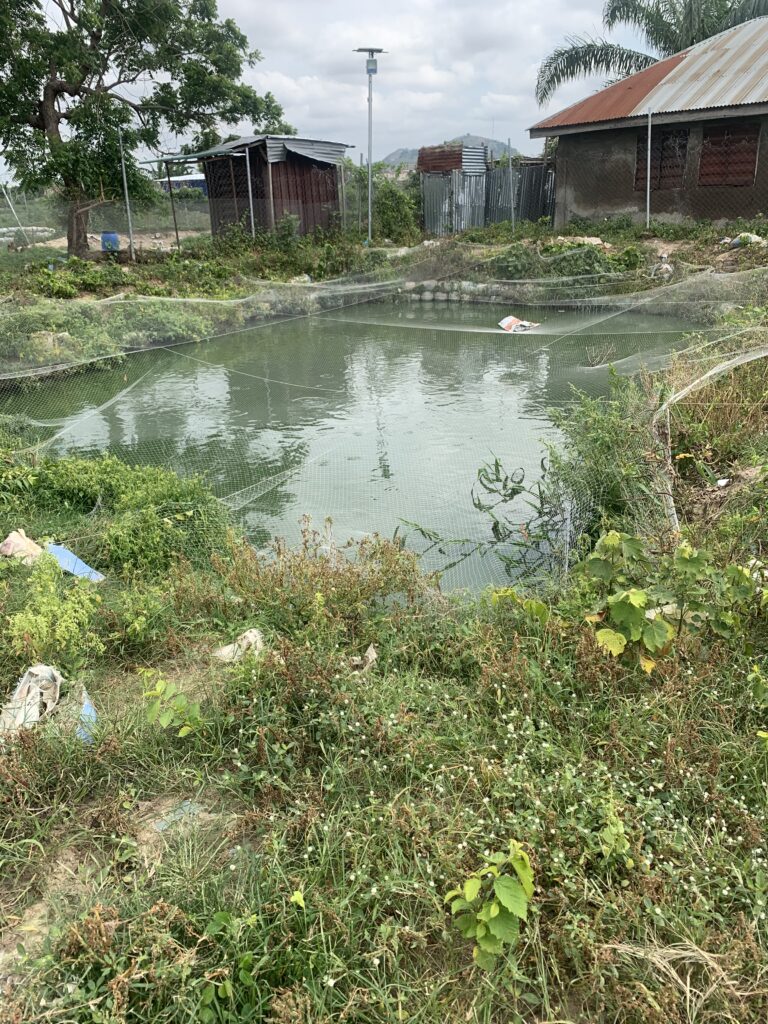
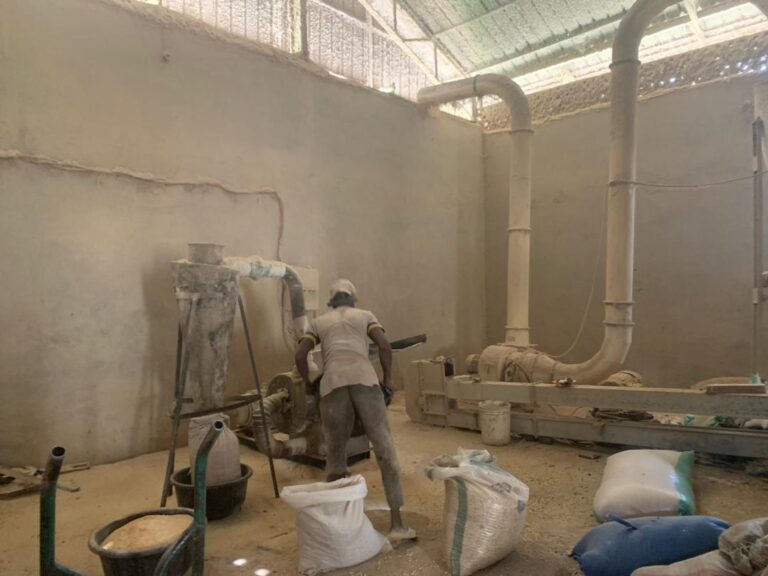
Comments
Yusuf
Nice Writeup, I learned new things